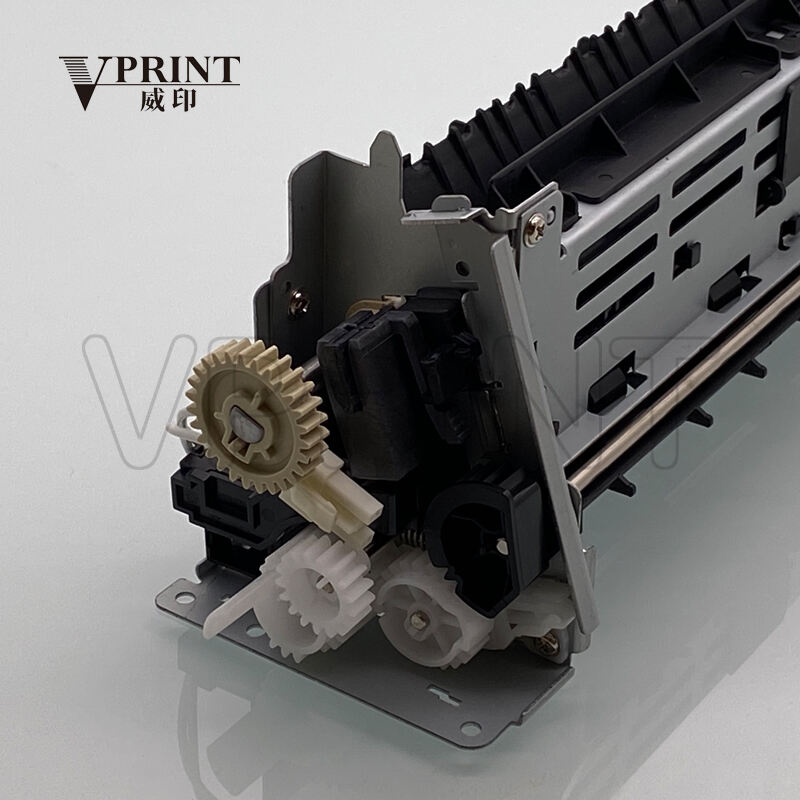Understanding Modern Scanning Technology and Its Capabilities
In today's digital age, choosing the best scanner has become increasingly important for both personal and professional use. The right scanning device can transform your paper documents into versatile digital files, preserving important information while making it easily accessible and shareable. Whether you're a business professional, creative artist, or home user, understanding scanner technology is crucial for making an informed decision.
Modern scanners have evolved significantly, offering features like high-resolution imaging, automatic document feeding, and wireless connectivity. These advancements have made document digitization more efficient and accessible than ever before. As we delve deeper into the world of scanning technology, we'll explore how to identify the best scanner that aligns with your specific requirements.
Types of Scanners and Their Primary Applications
Flatbed Scanners: The Versatile Standard
Flatbed scanners remain the most popular and versatile option for general use. These devices feature a glass plate where documents are placed face-down for scanning. The best scanner in this category offers excellent image quality and is ideal for handling books, photographs, and delicate documents. They excel at capturing fine details and colors, making them perfect for archiving family photos or artwork.
The flexibility of flatbed scanners extends to their ability to handle various material types and sizes. From standard papers to thick books and even small three-dimensional objects, these scanners provide consistent results. Many modern flatbed models also include document feeders as an additional feature, combining versatility with efficiency.
Sheet-Fed Scanners: Built for Business
For high-volume document scanning, sheet-fed scanners prove invaluable. These devices are designed to quickly process multiple pages through an automatic document feeder (ADF). The best scanner for office environments often falls into this category, offering features like double-sided scanning and the ability to handle various paper sizes.
Business users particularly appreciate the time-saving capabilities of sheet-fed scanners. Many models can process dozens of pages per minute while maintaining high image quality. Advanced features like paper jam detection and automatic blank page removal further enhance their efficiency in professional settings.
Essential Features to Consider When Selecting a Scanner
Resolution and Image Quality
Scanner resolution, measured in dots per inch (dpi), directly impacts image quality. The best scanner for your needs should offer sufficient resolution for your intended use. For standard documents, 300 dpi usually suffices, while photo scanning might require 600 dpi or higher. Professional photographers and graphic designers might need even higher resolutions for detailed work.
Beyond raw resolution, consider the scanner's color depth and ability to capture subtle variations in tone and shade. Quality sensors and proper calibration ensure accurate color reproduction, particularly important for creative professionals and photo enthusiasts.
Speed and Efficiency Features
Scanning speed becomes crucial when dealing with multiple documents. The best scanner should balance speed with quality, offering efficient processing without compromising image clarity. Modern scanners often include features like multi-page scanning, duplex capabilities, and quick-start technology to enhance productivity.
Additional efficiency features might include advanced paper handling, automatic image enhancement, and intelligent document organization. These capabilities can significantly reduce the time spent on scanning tasks while ensuring consistent results.
Connectivity and Software Integration
Wireless and Network Capabilities
Modern scanning solutions emphasize connectivity. The best scanner options today offer various connection methods, including USB, Wi-Fi, and Ethernet. Wireless capabilities allow for flexible placement and enable multiple users to access the scanner across a network. Cloud integration features facilitate direct scanning to online storage services, streamlining document management workflows.
Network scanning capabilities have become increasingly important in both home and office environments. The ability to scan directly to mobile devices, computers, or cloud storage without intermediate steps improves workflow efficiency and user convenience.
Software Solutions and Compatibility
The software bundled with a scanner can significantly impact its usability. The best scanner packages include comprehensive scanning software with features like OCR (Optical Character Recognition), document management, and basic image editing capabilities. Compatibility with various operating systems and third-party applications ensures seamless integration into existing workflows.
Advanced software features might include automatic document classification, searchable PDF creation, and integration with popular cloud services. These capabilities enhance the scanner's utility and help users maximize their investment.
Frequently Asked Questions
What resolution should I look for in a scanner?
For most document scanning needs, 300 dpi is sufficient. However, if you plan to scan photos or need to enlarge scanned images, consider a scanner capable of 600 dpi or higher. Professional uses might require resolutions up to 1200 dpi or more.
How important is the automatic document feeder capacity?
The importance of ADF capacity depends on your typical scanning volume. For regular office use, look for an ADF that can handle at least 50 sheets. High-volume users might want to consider models with 100+ sheet capacity for improved efficiency.
Should I choose a flatbed or sheet-fed scanner?
This decision depends on your primary scanning needs. Choose a flatbed scanner if you frequently scan books, photos, or delicate documents. Opt for a sheet-fed scanner if you primarily deal with standard paper documents and need high-volume scanning capabilities. Some models offer both features for maximum versatility.

